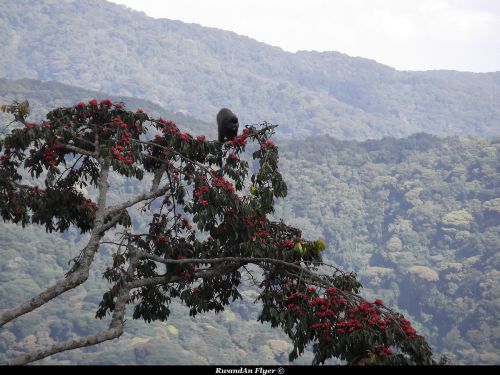How revenues park benefit to the local population (Nyungwe Forest)
12/06/2013
Jean Pierre Bucyensenge
FOR DECADES, Vincent Barore depended on Nyungwe Forest and the national park it holds for survival. He would poach animals and fell trees in the park that spreads more than 1,000 square kilometres and counts more than 280 bird and 13 primate species.
"I knew the park so well that I had ways of eluding guards to evade arrest," the 50-year-old resident of Rushyarara Village in Gatare Sector, Nyamagabe District, confesses.
Barore used to smuggle tree species, including Urutintibo, Uruhahi and Urubaturo, with which he used to make tools such as ibitebo (deep basket with no lid), mortars and pestles, among others.
But that was not all Barore did to survive. He also killed animals within the park for game meat.
Barore started encroaching on Nyungwe Park when he was a teenager and did that for many decades. He was convinced then that poaching and felling trees were his only means for survival.
"A few years ago, when security was tightened from within and around the park and the awareness campaigns for proper management of the park gained momentum and enticed many locals, I started wondering how I would survive," Barore says.
But his worries were premature as he sought out a local Sacco, Cooperative Twisungane, and joined hands with other residents not only to improve their livelihoods but also to preserve the park.
"By then I had understood the benefits of Nyungwe Forest for the communities and the country in general thanks to awareness efforts from local leaders and conservationists," Barore says.
Like Barore, other residents, including former poachers and encroachers, are now members of the cooperative, which is based in Buruhukiro Sector in Nyamagabe District.
(SOURCE : THE NEW TIMES : HERE)
A découvrir aussi
- Rwanda invests in Musanze Caves Complex
- Rwanda in top five hot tourism destinations for 2014
- Did you know it ? 2 939 Australians visited the Volcanoes National Park in 2013. Stephen Scourfield is one of them

